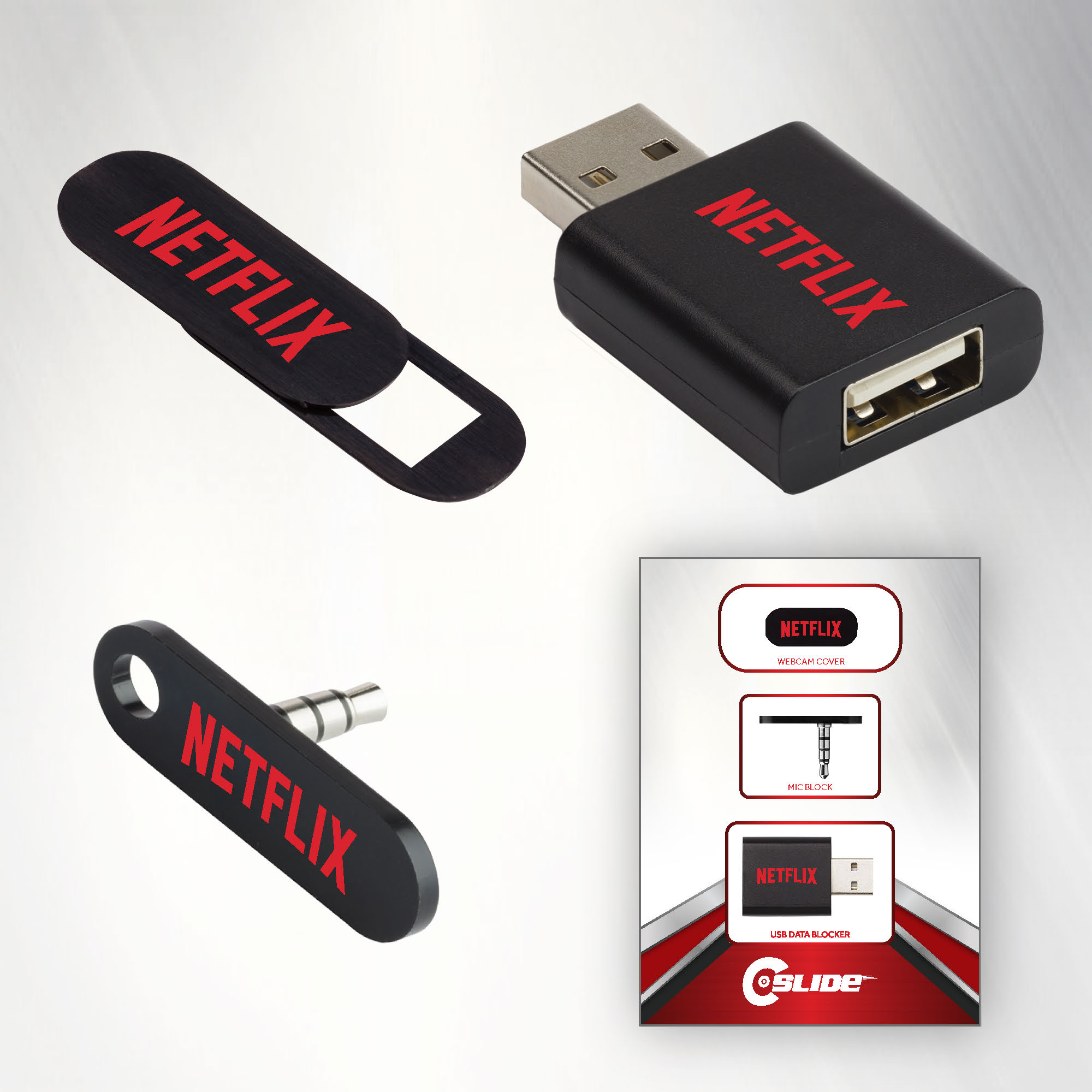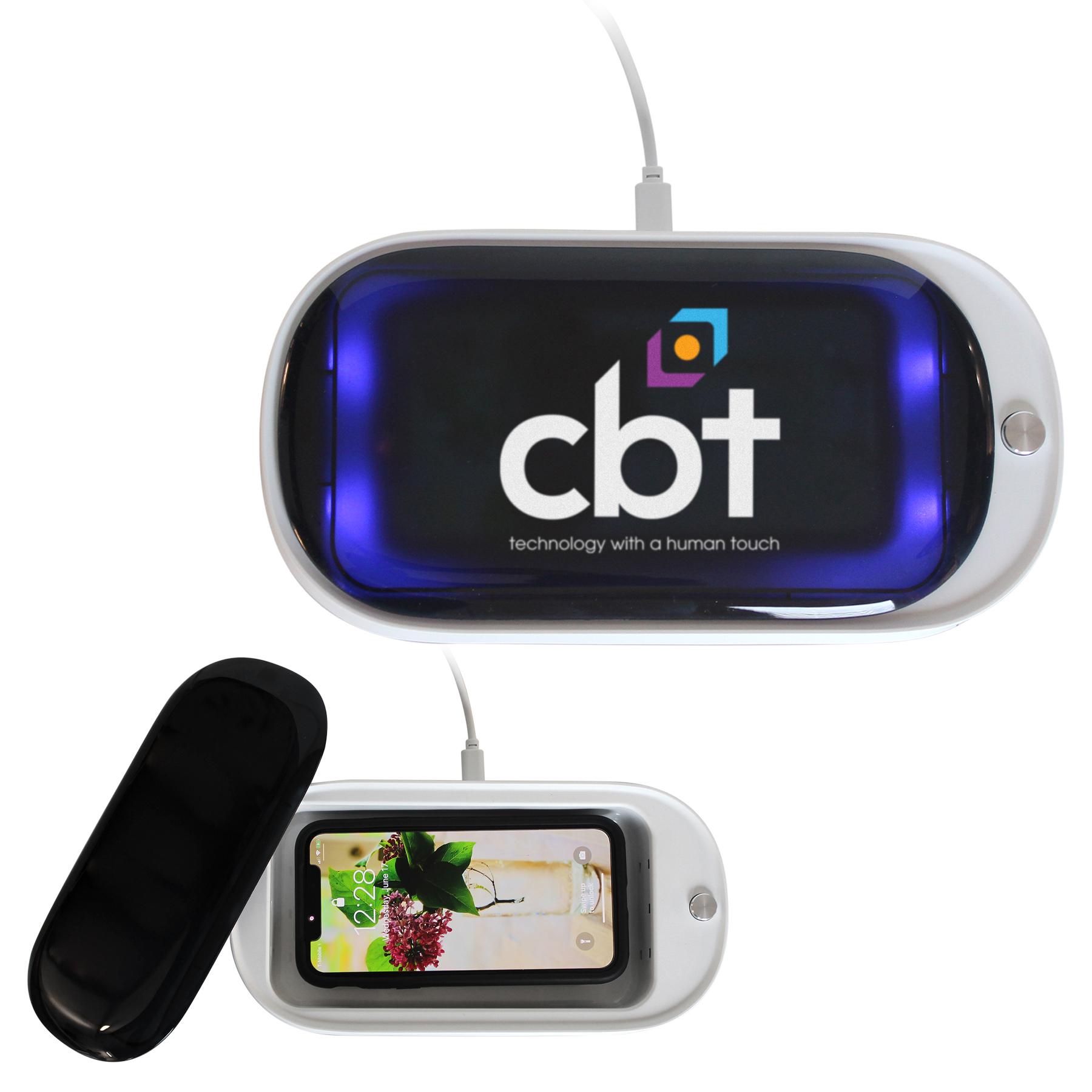For many businesses, 2020 was written off as a lost year. Major projects were put on hold; others were reimagined into something that still turned a profit, albeit a smaller one. Budgets were adjusted. Perhaps most notably, a mass migration to remote work occurred, leaving executives to pay rent on unused office spaces.
According to The Economist, before the pandemic, Americans spent 5% of their working time at home. By spring 2020, that number skyrocketed to 60%. Zoom learning curves aside, the transition went better than expected. But, privacy concerns quickly overshadowed convenience. IT professionals had more immediate problems to troubleshoot than glitchy virtual trade show platforms or employees resistant to restart their computers.
“As people brought their computers home, they also brought the webcams needed for Zoom meetings into their home,” noted Lori Metz, CEO of C-Slide, Lehi, Utah. “These can easily be hacked and people can unknowingly open their home up to be seen and heard by cyberattackers.”
Security breaches may not stop there. Ambitious criminals can hack into a device’s microphone and hear personal or business conversations that could expose sensitive information or confidential strategies. The good news is there are tech accessories that eliminate security risks or address other pandemic-inspired concerns. We connected with Metz, and Wendy Knapp, vice president of sales for iClick, Seattle, to learn more.
What’s Happening Now
During Microsoft’s FY21 Q1 earnings call last October, the tech giant revealed that Microsoft Teams, its workplace collaboration platform, now boasts more than 115 million daily active users—an increase of 53% since April 2020. Rapid growth shows no signs of slowing down, especially since it’s hard to predict how post-pandemic corporate life will be structured. Some organizations are eager to fill those empty desks and rebuild camaraderie. However, not all employees share that same enthusiasm.
As reported by TechPublic, a recent survey on Blind, an anonymous network for professionals, sought to understand how the switch back to in-person work could impact employee turnover if the “great remote work experiment” were to end. The survey found one in three employees will quit if that happens. Interestingly, of the 3,050 respondents, 349 had “already negotiated WFH forever.”

No matter the outcome—return, remote or hybrid—C-Slide has a solution. Its webcam covers are compatible with most devices, no battery is needed and eco-friendly options (e.g., sustainable bamboo and recyclable walnut woods) are available for environmentally conscious consumers. Metz listed additional selling points.
“One of the great things about our webcam covers is that you can’t hack a webcam cover,” she enthused. “It is a physical device that cannot be controlled by a cyberattacker and, thus, makes it the safest way to protect your family. When you add a microphone blocker and a data blocker, you further protect your privacy and information at home.”
Tech companies have long warned of such risks. So it’s not too surprising that Firefox, an advocate for mobile browsing privacy, has given out C-Slide webcam covers, like the Razor model, at its events. The Razor’s super thin depth allows laptops to close normally, but its sliding mechanism provides quick access to the camera as needed. Meanwhile, in the medical sector, Parexel, a provider of biopharmaceutical services, selected the Aluminum Swivel webcam cover, which, as its name suggests, swivels to reveal and hide webcams. Their appeal goes beyond cybersecurity companies and hospitals, with Metz citing airlines, trucking companies, schools, and travel and government agencies as frequent users.
It’s important to note that COVID-19 also accelerated pre-existing technology trends unrelated to security. Prior to the pandemic, and more so now, Knapp has seen the largest growth in iClick’s power category. She credits WFH policies for the push.
“Qi wireless chargers have been a big hit because they keep a phone passively charged, but readily available, and [there is] no need to unplug when you take a call,” Knapp said. “Power banks are also seeing a boom. With employees spending more time on their personal phones, taking business calls or Zoom meetings, their batteries are draining before the day is out. Taking a call outside because your kids are in a Zoom class? That power bank will save your battery without the need for an extension cord dragged outside.”
Ultraviolet Type C (UV-C) sanitizing technology, with a wavelength range between 200-280 nanometers, is another example. It isn’t a new concept, but as Knapp pointed out, it only recently infiltrated the marketplace on a consumer level. With the heightened emphasis on hygiene and sanitation, end-users are requesting everything from UV-C phone cleaners to handheld wands for sanitizing masks, pens and door handles, she observed.

Knapp recalled a particular case study where each of these technologies played a role. A distributor worked with a large independent food delivery service that wanted to promote driver safety while thanking its contractors for keeping up with the influx of orders due to the COVID-19 outbreak. The company initially mailed a PopPack with a swappable PopGrip and a vent mount to aid with hands-free driving. The following month, it sent drivers a UVClean P4000 5x Flip to help them keep their devices charged, enabling them to access the customer orders app without interruption and easily sterilize objects and surfaces.
Which Trends Will Stay?
As vaccine distribution picks up, it’s likely that travel will follow to some degree. Although it’s impossible to predict much anymore, Metz and Knapp are confident that end-user demand for these tech products will remain steady.
“The security challenges we currently face will be similar when business travel and in-person client meetings resume,” Knapp remarked. “There will always be issues accessing secure Wi-Fi, keeping your data secure from ‘proximity hacking’ and more. Bad actors will continue to find smarter ways to hack our data, and tech security will follow suit in an attempt to increase safety.”
Last year, the Los Angeles County District Attorney’s Office redirected cybersecurity discussions back to “juice jacking,” which occurs when people plug in to “juice” up their phones and hackers use malware in the charging station or USB cable to “jack” private information, such as phone numbers and passwords. Several news outlets argued that there are no documented cases, but prosecutors referenced a study where White Hats (ethical hackers who reveal security weaknesses for the public good) concluded that juice jacking of USB ports is “definitely possible.”
“Adding a webcam to your mobile device and carrying a USB data blocker that will protect you when charging your devices in public places will be excellent ways to stay safe while traveling,” Metz advised. “We also highly recommend putting an RFID blocking card in your wallet to block any credit card scanner thieves, since many can just walk by your purse or wallet in a crowd and pick up your credit card data. The RFID blocking card protects your cards from these types of hackers.”
How to Sell Technology
When selling technology solutions, it’s easy to let flashy features drive the sales pitch. Knapp cautioned distributors against that approach.
“The technology product market is growing, and will stick around for the long term, so now is the time to get involved,” Knapp stressed. “Learn all you can, get in front of the trend and get in front of your customers.”
Ask questions. If distributors aren’t sure where to begin, “why?” is a good starting point. Understanding their customers’ needs, what they hope to achieve and how that product fits in with their brand and overall strategy will help deliver the best solutions.
“Most clients have the impression that tech is too expensive, that all they can afford is pens, mugs and stickers, but that’s just not true today,” Knapp said. “As tech devices gain popularity, they also go down in cost. It becomes easier and cheaper to produce, putting it within reach for many small budgets.
“Take, for example, our QiDisc, as low as $5.65 (c), coming in at the same price as a decent coffee mug,” she continued. “Distributors can win the sale just by presenting the products side-by-side. Do you want to give away yet another coffee mug that will likely just get donated? Or, gift them a Qi wireless charger that has a much higher perceived value and longer staying power? If a customer comes right out and asks for a mug, don’t just sell them a mug because it’s easy. Provide added value, ask why they want a mug.”
That means distributors need to do their homework. Knapp suggested presenting customers with roughly five solutions. Even if they opt for just the mug, they’ll think of you when they need to get creative in the future.
Metz agreed that selling an underwhelming product based on price alone does not make for lifelong customers. In addition to showing clients bundled options, Metz encouraged distributors to share virtuals that feature products with custom packaging. For its webcam covers, C-Slide offers a variety of choices, including: 4×6″, 5×7″, 6×11″ and 8×11″ flat cards; 4×6″ bifold cards; 4×6″ trifold cards; and 4×6″ tear-off business cards.
Packaging not only helps with presentation, but it’s also good for small products that have a limited amount of real estate for brand messaging.
“With webcam covers, being small is preferred, but you can usually only fit a logo on smaller products,” Metz said. “With custom packaging, you can tell your story and let your logo on the webcam cover remind [end-users] of your story all day. Remember that webcam covers are one of the highest-impression promotional product items on the market, as they are on your customers’ computers or phone screens.”
Finally, distributors should lean on their supplier partners. Be transparent, attend webinars and ask suppliers if they’d be willing to jump on a sales call. When the customer is happy, everyone benefits.
“We love to help our distributors come up with exciting offers for their customers,” Metz said. “If you want an art mock-up, an idea for a special niche market or even want to bundle other vendors’ products with ours, we would love to work with you to wow and excite your customer!”

